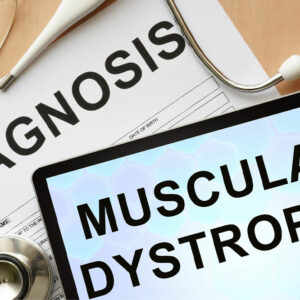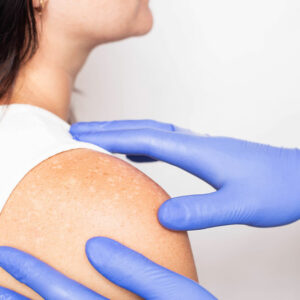
01
The impact of Opzelura on managing vitiligo
Vitiligo is a health condition affecting 1% of the global population. It causes depigmented skin patches on a patient’s body. Although it can affect individuals of all ages and genders, it becomes more noticeable at the age of 25. People with vitiligo are at a higher risk of conditions like Addison’s disease, rheumatoid arthritis, diabetes, anemia, lupus, and psoriasis. Opzelura is an FDA-approved topical remedy that helps with skin repigmentation in vitiligo patients. Progression of vitiligo Vitiligo patches often appear on the patient’s face, hands, elbows, and feet. They start as small depigmented patches and eventually spread to the rest of the body. Depigmentation occurs when the immune system attacks the melanocytes in the body, leading to the destruction of melanin—the pigment responsible for skin color. Vitiligo can also affect the eyes, inner ears, and the mucous membranes in the body. How Opzelura treatment works Doctors often suggest Opzelura cream to achieve some repigmentation of the vitiligo patches. It is the first FDA-approved treatment option that has shown promising results for patients with the condition. Opzelura contains ruxolitinib, which works as a preventive agent that slows down the immune system’s attack on melanocytes. By reducing the destruction of melanin-producing cells, the treatment contributes to significant repigmentation in patients. Usage Patients must speak to a health expert to understand the usage of this topical treatment. Opzelura is suitable for patients dealing with non-segmental vitiligo. Doctors can prescribe the cream to patients aged 12 years and above. The cream is easy to use and can be applied without gloves or other precautionary equipment. It is important to remember that Opzelura should only be applied to up to 10% of the body’s skin. The treatment is safe to use on the eyes, mouth, and other sensitive areas. Suggestions for use Patients should discuss with their healthcare provider regarding any precautions or aftercare they should follow when receiving treatment.
Read More 










